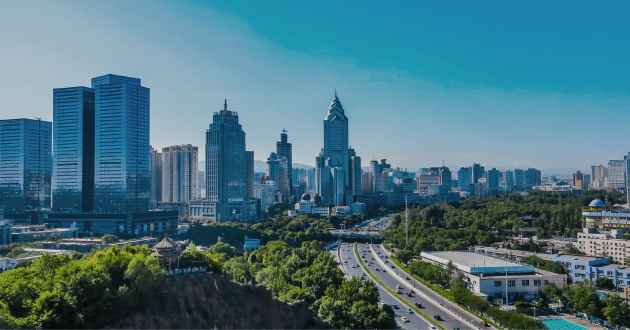The Uyghur Forced Labor Prevention Act (UFLPA) has been in full effect for almost a year now, but US importers continue to face the daunting task of auditing their supply chains for non-obvious inputs mined, produced, or manufactured wholly or in part in Xinjiang.
Identifying supply chain exposure to Xinjiang based exclusively on supplier disclosures is extremely difficult, but there’s actually a lot you can do to mitigate supply chain risk using data in the public domain. And you don’t have to step foot in China or know Chinese to do it.
By collecting billions of corporate documents and trade records from all around the world and transforming it into a clean picture of companies and their relationships, Sayari Graph is able to flag both obvious and non-obvious forced labor risks — from a supplier’s physical location in Xinjiang to forced labor exposure through its sub-tier suppliers.
Watch the recording of our webinar to learn how Sayari Graph, a platform trusted by the U.S. Customs & Border Protection and other trade regulators, can be used to mitigate UFLPA risk in global supply chains.
